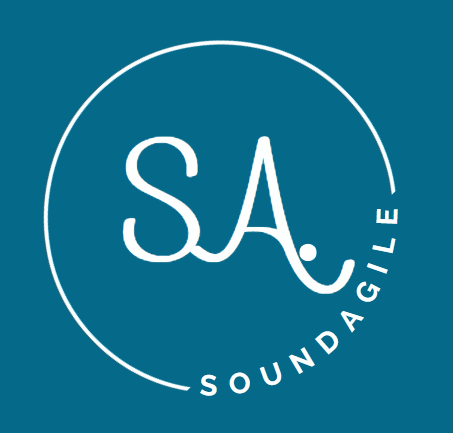The Agile Manifesto is now at the 20-year mark, and I remember back in the very early, those of us working in it took everything we learned and applied it to how our organization worked and, in those situations, our ‘agile’ was customized to our organizational needs. We weren’t focused on any framework and the scaling we need happened within the context of the organization and work we did.
It wasn’t long after the beginning however that Agile Frameworks, some of which were designed by the Manifesto creators, started to take over. And in the ensuing years the promise of Agile has become the pain of Agile.
Now we are mainly left with an environment where we have Hatfield vs McCoys fights about which framework is right, who is doing it wrong, etc… which takes away from what business really needs — solutions to the challenges and problems that face them.
Agile frameworks have in many ways become the problem not a solution. Leadership doesn’t look to frameworks to solve the problems that face them, yet what they really seek is agility, not Agile.
What I’ve learned over the many years is that though frameworks provide some level of foundation for agility, they are still mainly focused on optimizing technology work and.
What you need as an organization is to develop three fundamental agility capability pillars:
Transparency, Accountability, and Predictability
1. Transparency — Must be pervasive throughout the organization. It involves:
a. Transparent Intent — The organization must be transparent in their strategic intent, expected outcomes and their people empowerment.
b. Transparent Empowerment — Establishing the guidelines, outcomes and expectations that will be part of empowerment is a proactive step towards real empowerment.
c. Transparent Strategies, Objectives and Outcomes — Without this key component, the people in your organization won’t understand intent nor will they feel empowered to pursue any outcomes without someone directing them first.
d. Transparent Planning — Everyone in the organization should understand how value is derived so that they all focus on defining the most valuable work that delivers long-term value.
2. Accountability — Must be embedded in the culture, fear of failure must be removed and replaced with learning and empathy.
a. Accountable Leadership — Leaders can’t define large projects and then place the responsibility of delivering onto people who haven’t had the opportunity to understand the intent, goals and objectives.
b. Accountable Goals — Must be quantifiable and defined collaboratively. We create dissonance when organizational goals are siloed, often pitting one functional group against another.
3. Predictability — High performing organizations and teams thrive on developing a consistent cadence of delivery, not towards a fixed date and scope project, but towards a goals and outcomes.
a. Predictable Decision Making — Decision making must be derived from data and aligned to the organization’s strategic goals and objectives.
b. Predictable Planning — Work must flow through the organization to the teams that perform the work. This will result in higher productivity and quality which will have the added benefit of reducing costs.
c. Predictable Cadence — The best teams deliver high quality outcomes when they are allowed to work in a consistent cadence. Teams that are provided clear goals and outcomes, while being empowered to decide how best to accomplish these goals, will consistently meet and exceed expectations.
This non-framework approach to agility is called TAP2Change.
Notice nowhere is a framework mentioned in the Pillars, they are implied to some degree, but not required.
Additionally, Frameworks don’t work if we don’t develop the Transparency Pillar first. This is because the frameworks have an implicit assumption that we have transparent intent, tied to strategic goals and outcomes supported by leadership that creates an environment of empowerment for the people who do the which results in actual value delivery, which delivers long-term results.
TAP2 Change seeks to influence your organizations’ culture through so that you can approach solutions to challenges from a platform of commonality of purpose.
If you would like to learn more about how TAP2 Change and develop effective Agility in your organization, please reach out to me at michael@soundagile.com or visit our website at www.soundagile.com

